Regarding guitar pedals, few are as easily recognizable and loved as the renowned Crybaby Wah pedal. Having been revered by guitarists for decades, it has been used by a ton of different amazing players.
The Crybaby Wah has none of the knobs you’ll see on regular pedals and the only way to use it is to rock the switch back and forth to create an EQ filter. That’s literally all that there is to this iconic pedal, but there are tons you can do with it if you think creatively. That all said, the first step is getting the basic functions right.
Connect your guitar to the Dunlop CryBaby Wah GCB95 via its input & output jacks, then power it with a 9V carbon-zinc battery or an external power supply (10mA). Press your foot down forward on the pedal for high-pass, backward for low-pass, or leave it in the middle to let the mids pass through.
Though it may look straightforward (which it is), understanding the context in which it has been used before will go a long way in helping you use it. There are tons of different techniques enabled through wah pedals, so we’ll go through a few of them and explain how to get the effect. Let’s look at what it is, and how to set it up first.
What The Dunlop Crybaby Wah Can Do & How to Use It
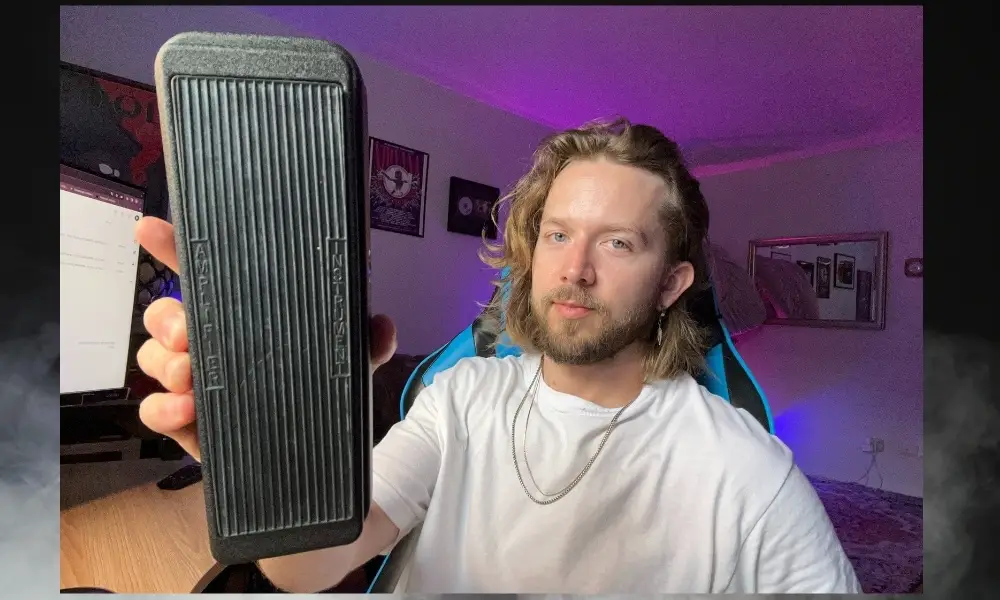
The Dunlop Crybaby Wah is famous for its distinctive sound, and its main feature is the rocker pedal, which enables guitarists to produce an expressive EQ sweep.
Three different EQ sweep positions can be achieved by moving the pedal back and forth, each contributing to a distinct sound.
1) The Rocker Switch
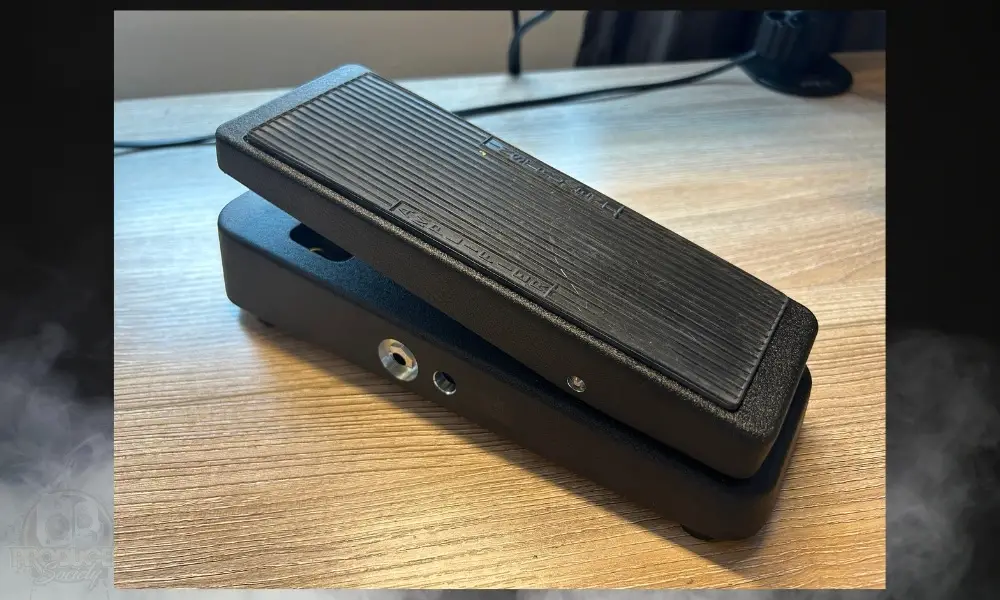
The frequency range of the Crybaby Wah is adjusted by a rocker switch. Depending on the angle at which the pedal is placed, it acts similar to a band-pass filter that emphasizes frequencies within a particular range.
However, the difference between a wah pedal and a regular LP or HP filter is that the wah pedal will emphasize those frequencies while cutting out the others. Each type of filter, created by the angle of the rocker switch’s placement, is described in further detail below.
A) The High Pass Filter
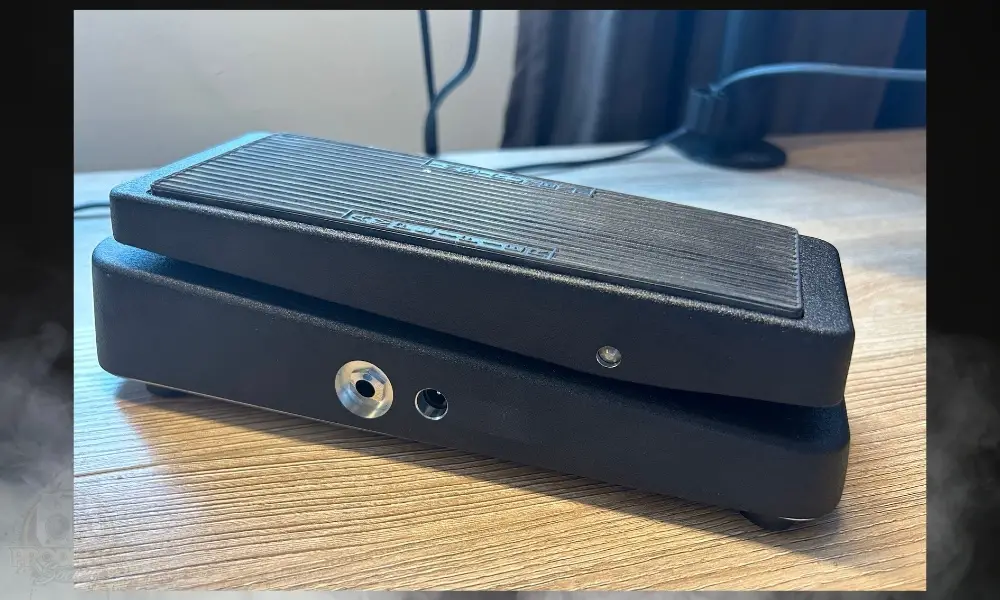
Push the pedal forward to activate the high-pass filter, which accentuates high frequencies.
This produces a bright and trebly tone that is great for soaring solos and giving rhythm sections a modern edge.
The high-pass filter offers a frequency range of 1.5 to 2.5 kHz, enabling the pedal to cut through the mix with clarity and bite, making it ideal for lead playing.
While in this position, you’ll really hear the high-end shine but you’ll lose the low-end EQ. This is part of what the pedal does.
B) The Low Pass Filter
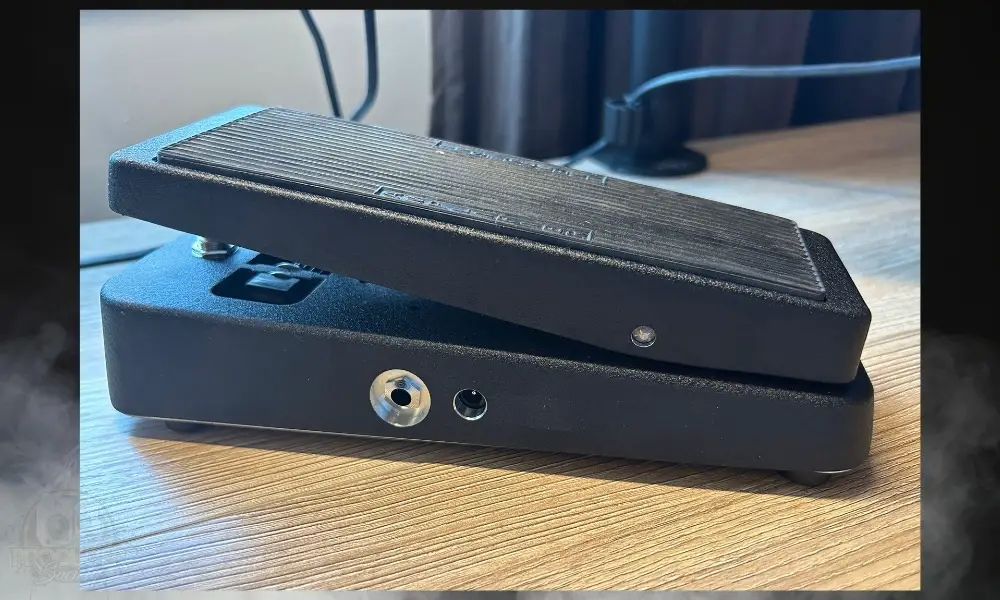
Pull the pedal back to activate the low-pass filter, which emphasizes low-frequency sounds. This produces a deep, bass-laden sound that is ideal for funky rhythm portions and adds a strong bottom end to the sound.
The low-pass filter has a frequency range of 350 Hz to 450 Hz and produces a warm and full-bodied tone. It’s excellent for generating a thick and resonant sound in rhythm playing.
Just like with the HP Filter (or closed position), you’ll cut out the opposite frequencies for emphasis’ sake.
C) The Middle Position
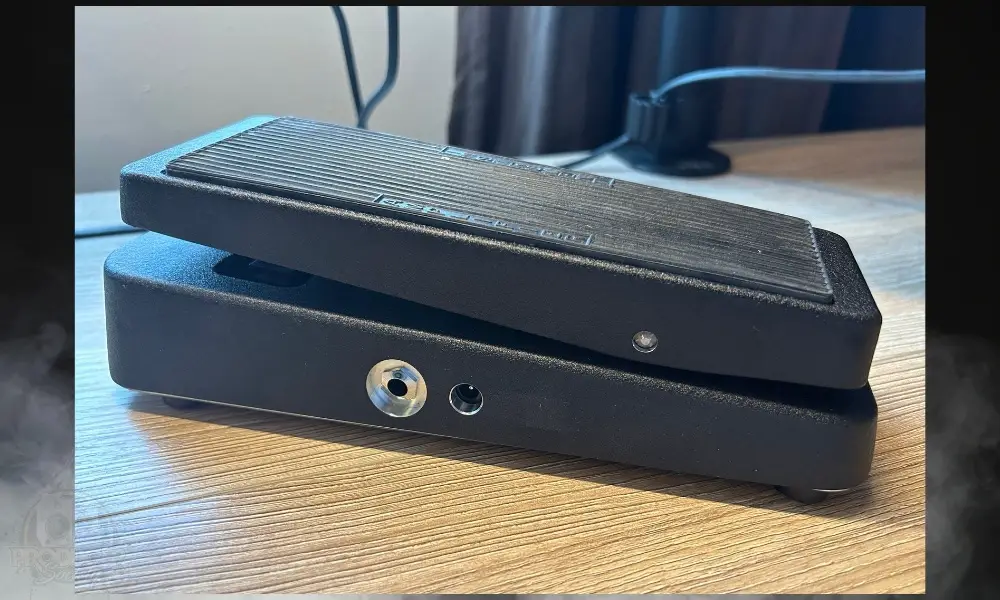
Maintain the pedal at the midway position to enable mid frequencies to flow through while blocking off or attenuating high and low frequencies.
This gives the sound a vocal-like tone, making it suited for expressive and passionate solos. The mid-frequency band of the Crybaby Wah is centred at 1.5 kHz.
2) Bypass Switch
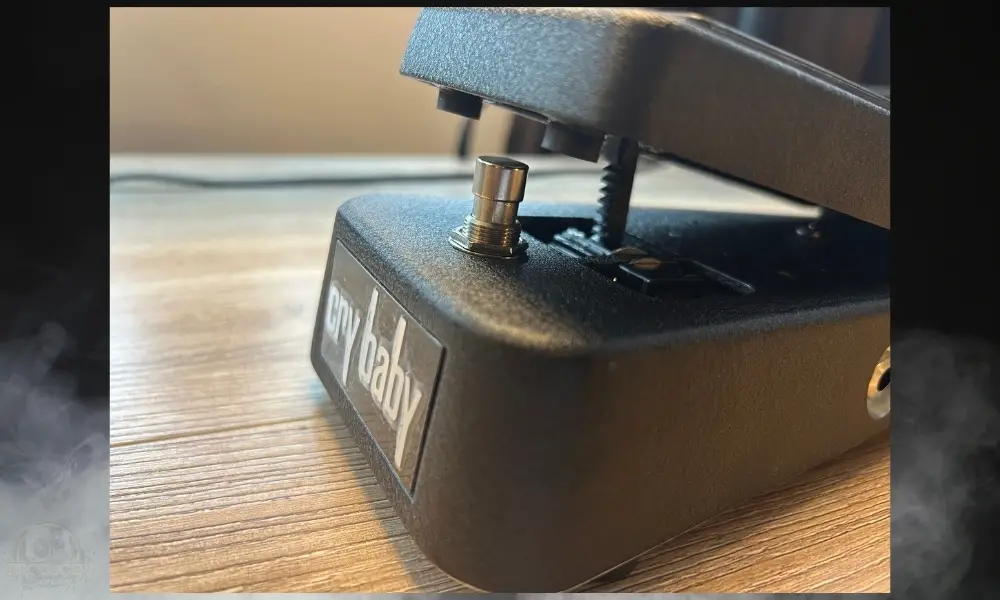
The Crybaby Wah also has a bypass option for enabling or disabling the effect, which is pretty straightforward. When the pedal is engaged, the frequency response is altered depending on the location of the rocker pedal.
When the pedal is bypassed, the guitar signal passes through, without processing from the wah. However, the wah pedal is not a true bypass device, which means you will lose some of your tone.
This is one of my main gripes with the GCB95 and we’ll talk about it at the end of the article.
How to Power The Dunlop Crybaby Wah Pedal
The Dunlop Crybaby Wah pedal can be powered in two different ways. You can power it using either a 9V battery or an external power supply. Here’s how to power it using each of the methods.
1) Powering The Wah Using a 9V Carbon Battery
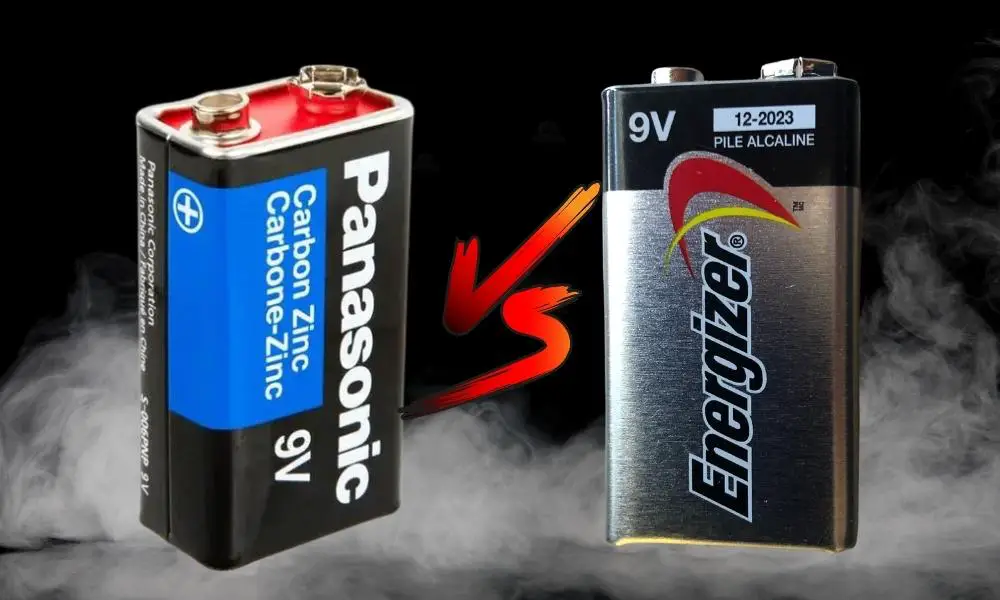
Open the battery compartment on the bottom of the pedal and use a 9V battery to power the Crybaby Wah.
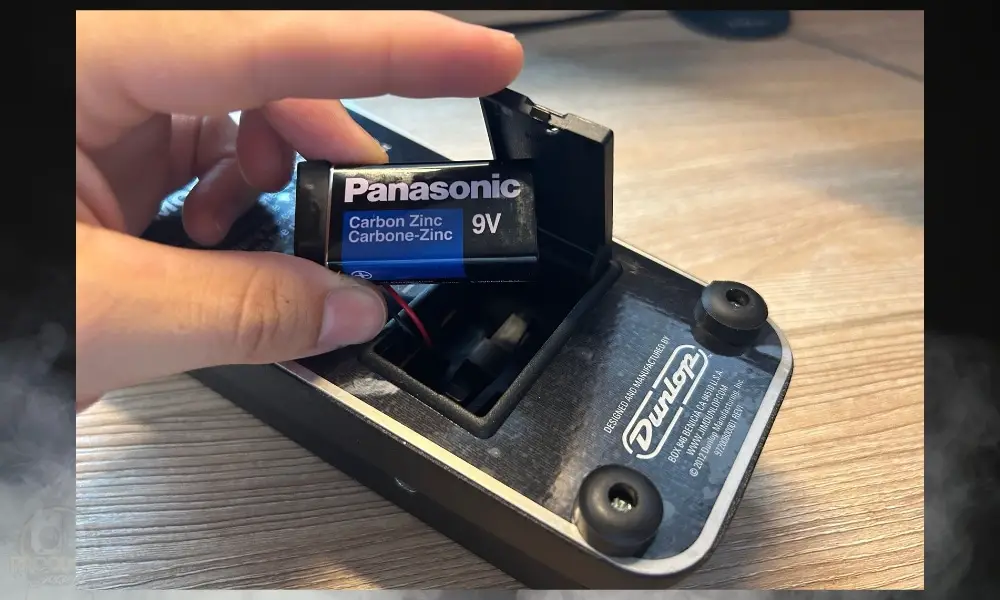
Insert a high-quality 9V carbon-based battery into the battery compartment, paying attention to the correct polarity. It shouldn’t be hard. It will either fit or it won’t. Close the battery compartment shut after inserting the battery.
Why A 9V Carbon-Zinc Battery Improves The Vintage Wah Pedal Sound
A carbon-based 9V battery may considerably influence the Vintage Cry Baby Wah’s performance, as compared to an alkaline battery of a DC power supply. Most people will describe its impact on the tone to be “creamy” or having “more low-end.”
The reason why they sound different is due to how the voltage actually works inside. Each of them is explained in great detail in the same video by Vertex Effects. I talked about this in my other article on batteries vs power supplies as well.
If we were to look at the behaviour of carbon, alkaline, and the DC power supply on a graph that maps voltage over time, with a 9V discharge at 20mA, we would see that the carbon battery has more erratic current flow compared to alkaline and DC power supplies.
In the case of an isolated power supply, it always receives 9.6V due to its isolation and doesn’t really get affected by other environmental factors. The alkaline batteries are more linear, making them closer to the power supply in regards to how they react to the pedal.
![Voltage/Time (Carbon, Alkaline, Power Supply) Graph - What Guitar Pedals Sound Better With Dying Batteries? [EASY]](https://travelingguitarist.com/wp-content/uploads/2022/06/VoltageTime-Carbon-Alkaline-Power-Supply-Graph-What-Guitar-Pedals-Sound-Better-With-Dying-Batteries-EASY.jpg)
Starting at 9.6V, like the isolated power supply, the alkaline batteries last around 20 hours but lose their functionality after around 15 hours of running.
However, the carbon-based one has a steep curve when we start at 9.6V and only ends up lasting around 6-7 hours as it’s almost non-functional after dropping below 5.4V.
There‘s a high impedance inner interplay happening between current and voltage in the carbon-based batteries, which contributes to the tone of the carbon batteries.
Though alkaline batteries last twice as much as carbon ones, the linear behaviour of the alkaline battery doesn’t sound quite as good as the carbon one. The same thing goes for old-school fuzz, drive, and other filter pedals which I discussed in this article.
As I showed in the YouTube video above though, a carbon-based battery doesn’t seem to have an effect on the newer Wah pedals. It certainly doesn’t on mine.
2) Powering The Wah Using a 9V DC Power Supply
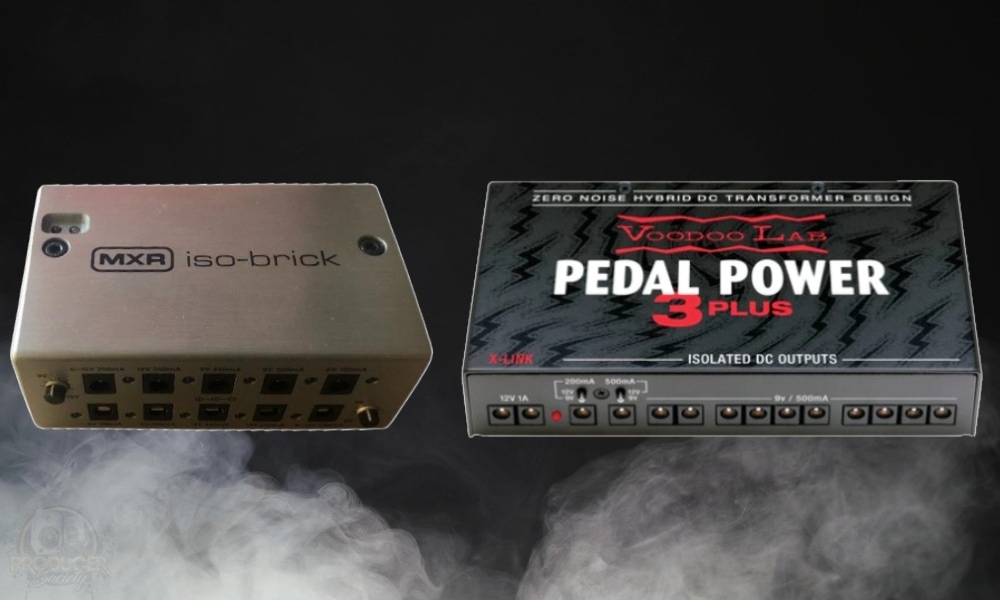
The Crybaby Wah also features a power jack on the side, allowing you to use an external power supply.
Obtain a compatible external power source with the necessary voltage and current parameters (usually very little mA – less than 10 mA). Like nearly all Wah pedals, the Crybaby Wah generally requires a 9V DC power supply.
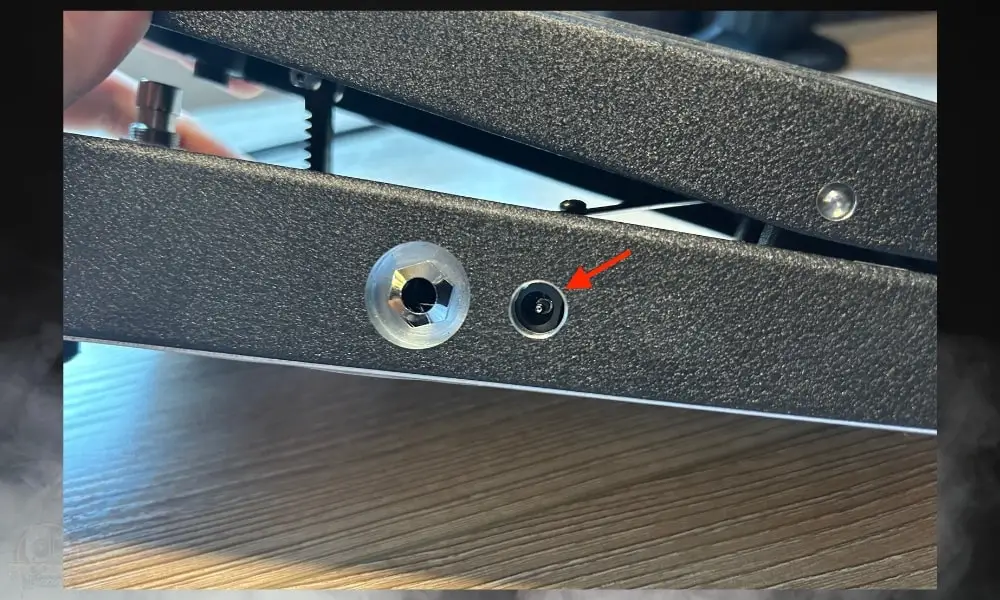
Insert the power plug from the external power supply into the power jack on the side of the pedal. Check that the external power source is providing the necessary voltage (9V DC) and can supply the required current to the pedal.
Quick Tip:
Use a power supply cable with a small end, that way it can easily fit inside of the hole where the power port is inside the pedal. I found that the power cables that came with my MXR Isobrick are better than the ones that came with my Voodoo Labs Pedal Power 3. At least for this pedal.
How To Set Up The Dunlop Crybaby Wah In Your Signal Chain
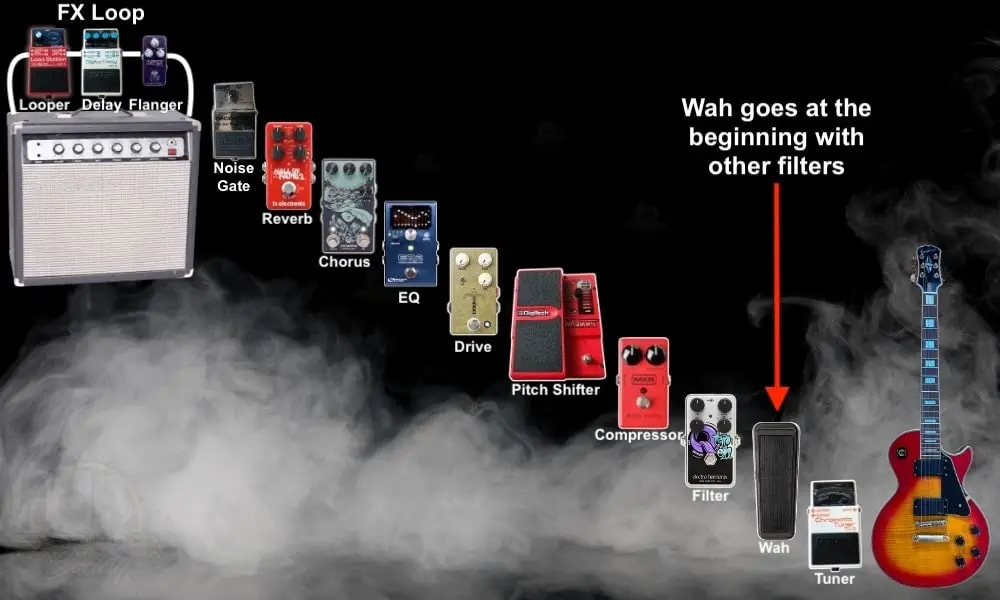
The Dunlop Cry Baby Wah is almost always placed at the beginning of the signal chain. Using a 1/4″ instrument cable, connect your guitar’s output to the input jack of the Crybaby Wah pedal.
Connect another 1/4″ instrument wire from the pedal’s output jack to the next pedal on your pedalboard, or directly to the amplifier’s input, if there aren’t any other pedals involved.
6 Cool Ways to Use The Dunlop Crybaby Wah
Ok, the fun part now. The Crybaby Wah Pedal has a broad range of tonal possibilities and can be used in a variety of innovative ways, especially in combination with other pedals and effects. Below, I’ve collected 6 different ways of using the wah pedal.
1) As An EQ Sweep
The first technique that comes to my mind when I think of the wah pedal is a regular EQ sweep. This one starts at 5:01.
In other words, you slowly open and close the pedal while performing fast hammer-ons and pull-offs of the E Minor Blues scale. You’ll need a distortion pedal for this as well.
While this technique has existed for a long time, Metallica’s Kirk Hammett popularized it even more and it can be seen on a few of their songs from Master of Puppets (but especially on The Black Album).
The “Battery” solo is a great example but so is the “Enter Sandman” solo. Another great example is Alice In Chains’ “Man in the Box,” which I’ve included in the above video.
2) As A Tremolo or Vibrato Effect
The best way to create this sound is to play a really great-sounding chord, like a Minor 7th, Major 9th, or Major 7th chord, strum it, let it ring out and then rock your foot back and forth on the pedal quickly. Time-stamp at 05:25.
It’ll sound even better if you have an open string and a couple of unison notes that are played on different strings.

The best way to rock the pedal is to match it exactly with the pulse or tempo of the song. Use 8th or 16th notes to facilitate and improve upon the groove of the song.
Obviously, that’ll depend on the timing of the track. This is the best way to create the sound that the pedal is named.
3) “Bulls on Parade” Sound
While there have been a lot of great players to use the wah pedal, Tom Morello brought many special techniques to the table. For instance, the beginning of “Bulls on Parade.” Time-stamp is at 05:57.
To create this sound, you need to rock the wah pedal back and forth at the exact same time as your strumming hand. They should move together while strumming the opening F# power chord on the first three strings.
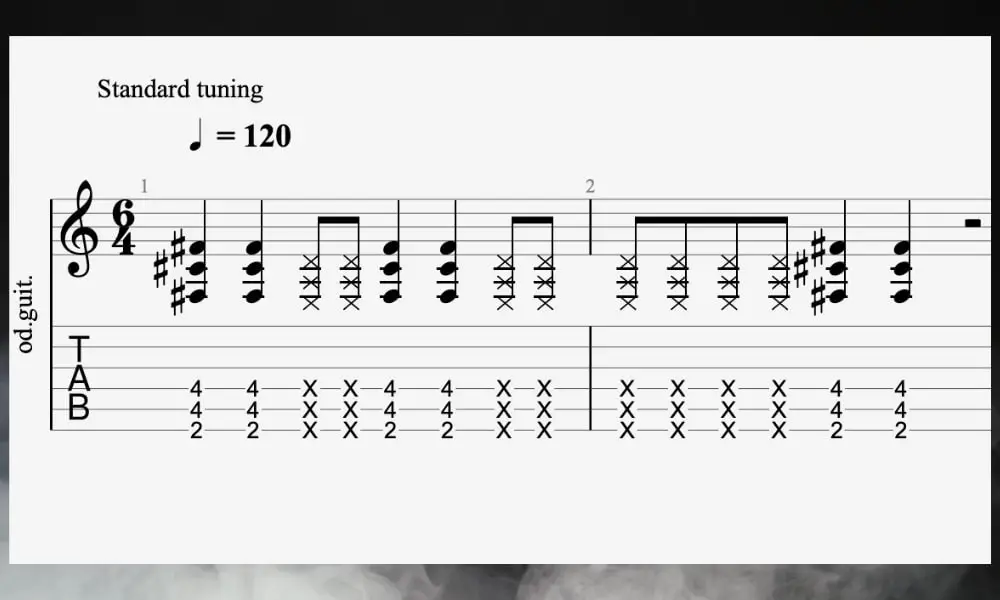
We’ll return to “Bulls on Parade” one more time in the next section to demonstrate another technique.
4) Using the Wah As A Filter (Low-Pass or High Pass)
The next part of the song features a simple riff but with the wah pedal acting as a filter. As I explained at the start of the article, depending on how you have the wah pedal positioned, you can have it act as a high-pass or low-pass filter. 06:35 timestamp.
If you hold the pedal in the closed position (rocked forward), it’s a high-pass filter, but if you keep it in the open position (rocked backward), it acts as a low-pass filter. Use this technique depending on what kind of riff you want.
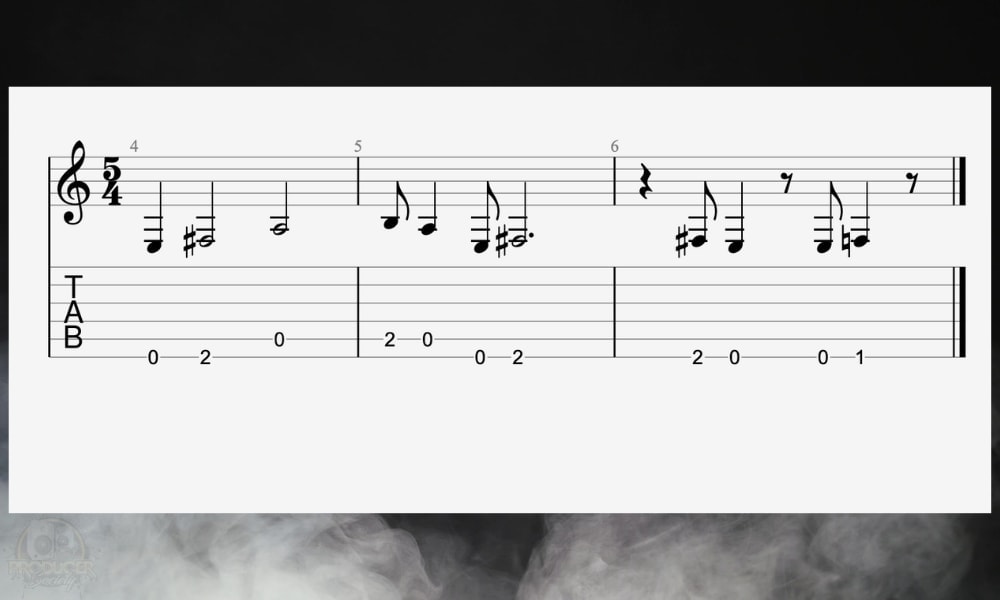
5) Using the Wah As An Accenting Tool
To use the wah pedal as a tool for accents, you can open or close the pedal on whichever note you would like to emphasize. In most cases, you should have the pedal in the closed position on the note to which you’d like to call attention. 07:00 is the time-stamp.
This is because a high-pass filter will produce sounds that are more audible to the human ear, whereas low-pass frequencies are harder to hear. The effect is you’ll have a more audible section at particular points of your playing.
A lot of funk guitarists use this technique when they’re strumming and muting strings for a rhythmic effect, like what’s performed in this video (time-stamp included).
6) Using It To Accentuate Harmonics
Similar to #5, the wah pedal can be used to either diminish or augment harmonics on the guitar. If you have it in the open position, you’ll dampen the harmonics, but if you have it in the closed position, you’ll augment the harmonics. Time-stamp at 07:35.
The result is that you can use the wah pedal to affect harmonics in a number of different contexts including divebomb harmonics, sweeping hammer-ons and pull-offs, as well as pinch harmonics.
Divebomb Harmonics
For a divebomb harmonic, activate your wah pedal and then drop your trem arm to depress the bar as much as you can.
After you tap the harmonic and begin to lift the bar back up, you can slowly close the pedal to accentuate that harmonic as much as possible.
Unfortunately, I don’t have a guitar with a Floyd Rose, so I won’t be demonstrating this. MusicIsWin does it in his video though (time stamp included).
Sweeping Hammer-on Harmonics
Probably one of the coolest harmonics a player can do is to do hammer-ons and pull-offs over and over again at the 12th fret, for instance, the 12th, 14th, and 15th fret of the Low E-string (E, F#, and G).
While performing these hammer-ons and pull-offs repeatedly, lightly touch the pinky finger of your picking hand against the string and drag it along the string up toward the headstock to create harmonics.
In the middle of this technique, slowly close the wah pedal to really accentuate those sweeping harmonics.
Accentuating Pinch Harmonics
Similar to the divebomb harmonic, you would start with the pedal in the open position and then create a pinch harmonic with a ton of gain.
Close the pedal right as you want the harmonic to squeal as much as possible. You’ll end up getting something like this from MusicIsWin’s video.
How to Read CryBaby Wah Notation in Sheet Music & Tablature
If you’ve never used a wah pedal before, you probably haven’t noticed the “+” and “o” symbols on sheet music.
These are written in tablature and sheet music books to indicate when the wah pedal is closed and open. I’ll use my own example.
Plus Sign (Closed Position)
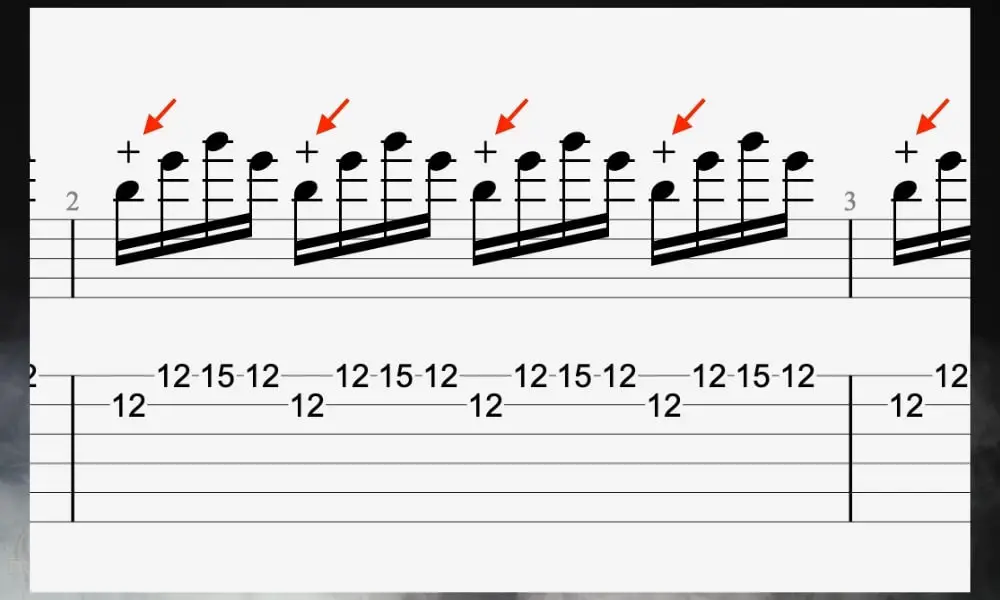
Circle Sign (Open Position)
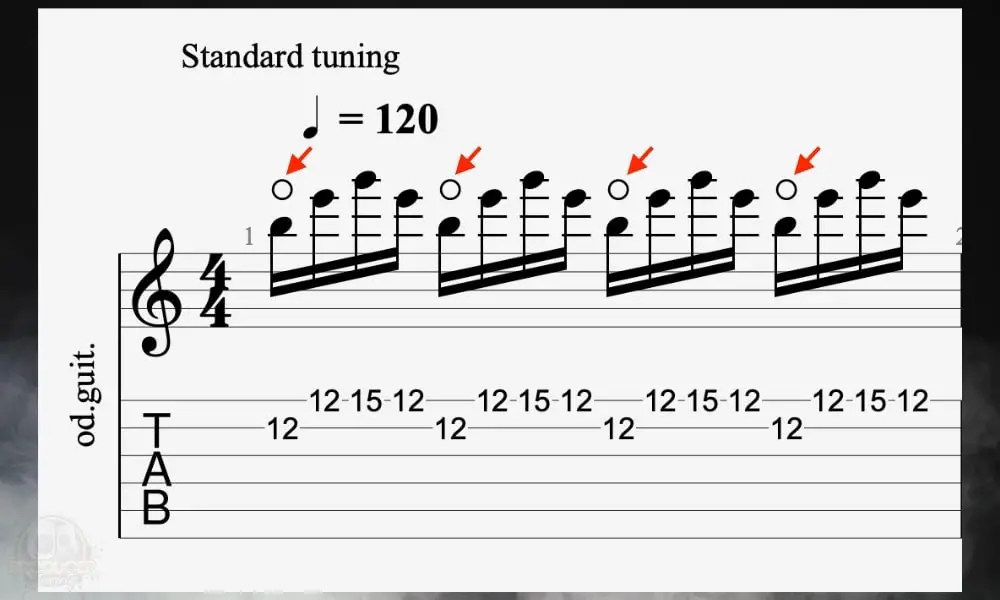
As far as I know, no symbol indicates you have the pedal in the middle position.
It’s somewhat rare to find tablature and sheet music that is so detailed that it has the wah pedal positioning notated. But you’ll probably notice it every once in a while if you’re looking for it.
2 Drawbacks of the Dunlop Crybaby Wah GCB95
1) The GCB95 Crybaby Wah Is Huge
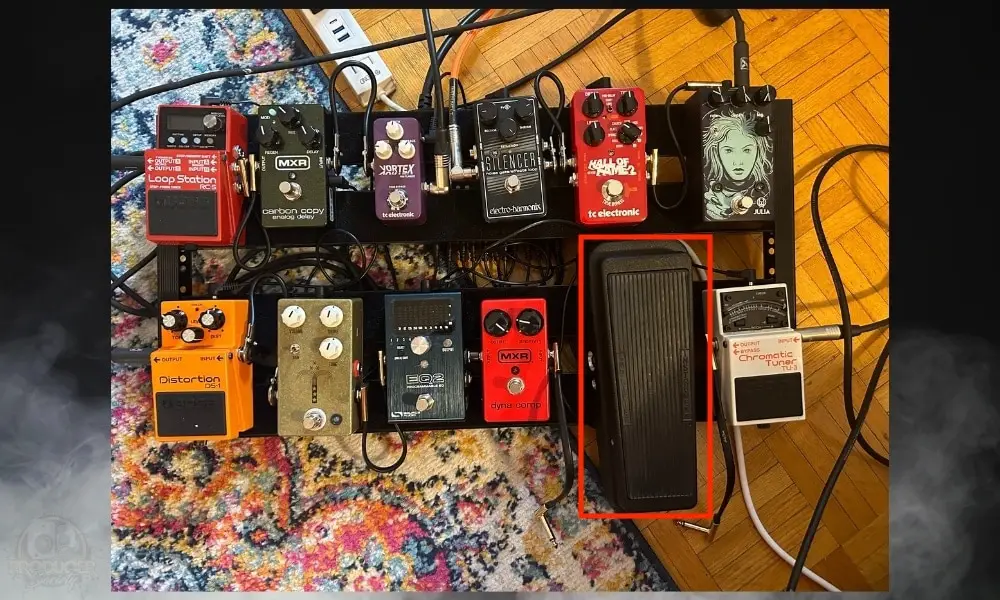
The Dunlop Crybaby GCB95 and the vast majority of the other models are all quite large. It’s about 2.5 inches high, 10 inches long, and it weighs approximately 3.7 pounds, which is quite heavy. Frankly, it’s just too big and it takes up space for two pedals on your board.
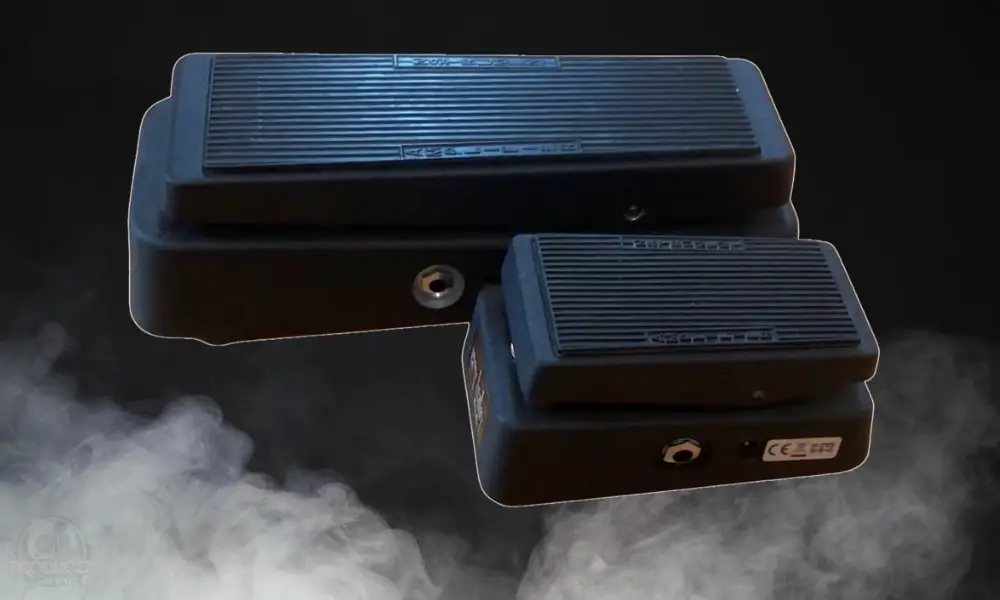
2) And It Doesn’t Have A True Bypass Switch
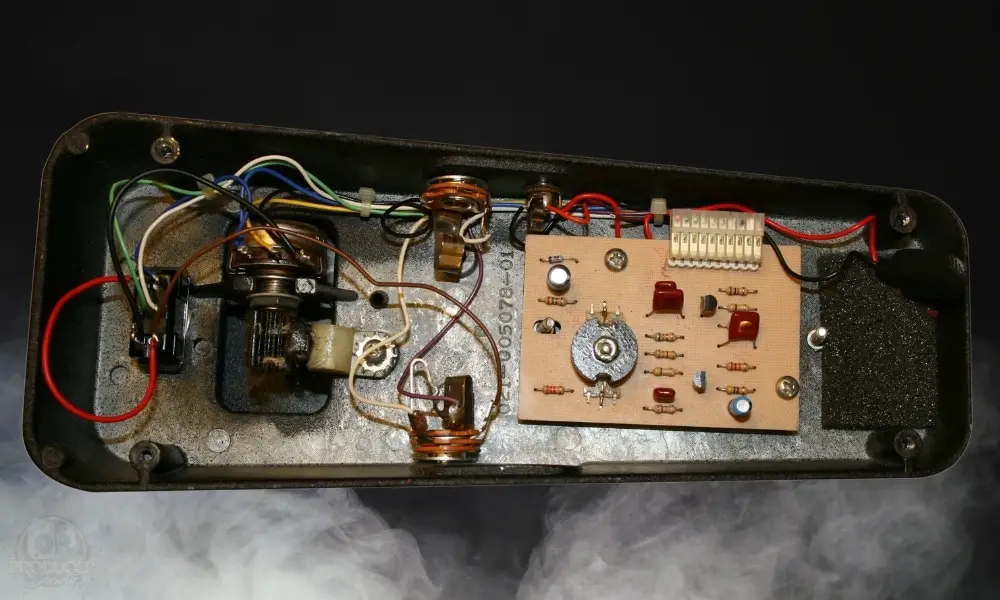
The Dunlop Crybaby Wah GCB95 has a hard-wired switch and not a True Bypass switch. In other words, it’s guilty of the proverbial “tone-suck,” which means it robs your tone of desirable frequencies and harmonics when it’s turned off.
For that reason, I would recommend getting the Crybaby Mini instead, which fixes both of these problems.
If you don’t really trust me or you’re still unsure as to what model you should choose, here’s a great chart from Sweetwater that compares all of the various models. I don’t think you’ll go wrong with the Dunlop Crybaby Wah Mini though.
Why The Wah Pedal Goes At The Start Of Your Signal Chain
There are 4 primary reasons why the Wah is almost always placed at the start of the signal chain. Understanding them would give you more contextual reasoning when connecting other pedals to the wah.
A) It Helps Capture the Unaltered Guitar Signal
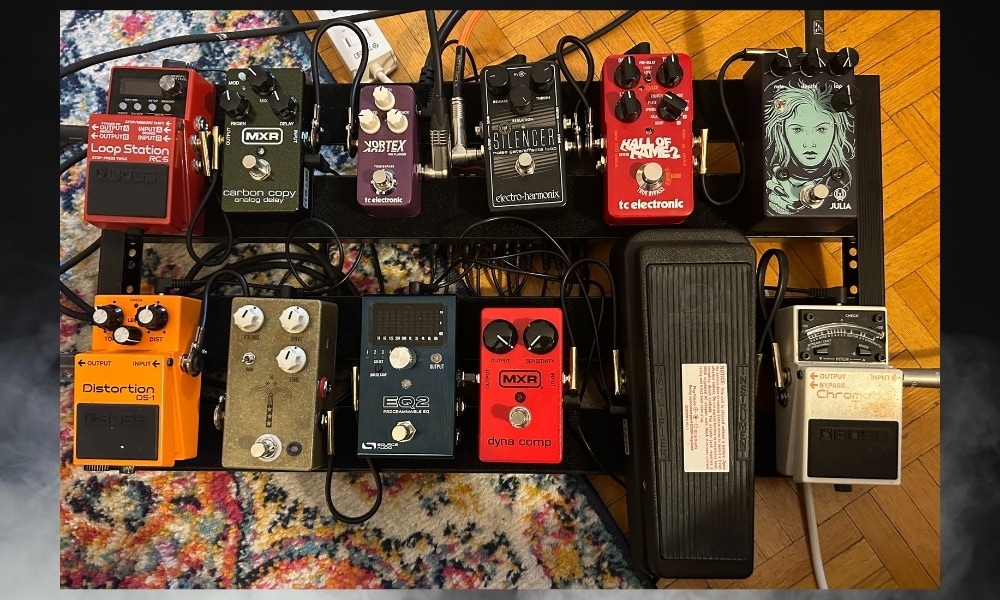
The Crybaby Wah GCB95 is intended to operate best with a high-impedance guitar signal, often in the 1 megaohm (1MΩ) range.
Because of its high impedance, placing the wah pedal at the start of your signal chain ensures that it receives the whole and unaltered guitar signal.
This is important since the wah pedal’s circuitry and sweep range are tuned for this specific input impedance.
Capturing the original signal allows the wah pedal to respond accurately to your playing dynamics, providing a smooth and expressive sweep over its frequency range.
B) It Provides A Smooth & Dynamic Frequency Sweep Range
![Channel EQ - How to Use The Dunlop Crybaby Wah [A REAL Guide]](https://travelingguitarist.com/wp-content/uploads/2023/07/Channel-EQ-How-to-Use-The-Dunlop-Crybaby-Wah-A-REAL-Guide-.jpg)
According to Sweetwater, the Dunlop Crybaby Wah GCB95 has a frequency sweep range of 350Hz to 2.2kHz. The wah pedal, when used early in the chain, can sweep through this frequency range smoothly and dynamically.
This suggests that the wah effect can be applied gradually and consistently, resulting in a variety of sounds.
C) Distortion/Drive React Better To The Filtered Wah Sound
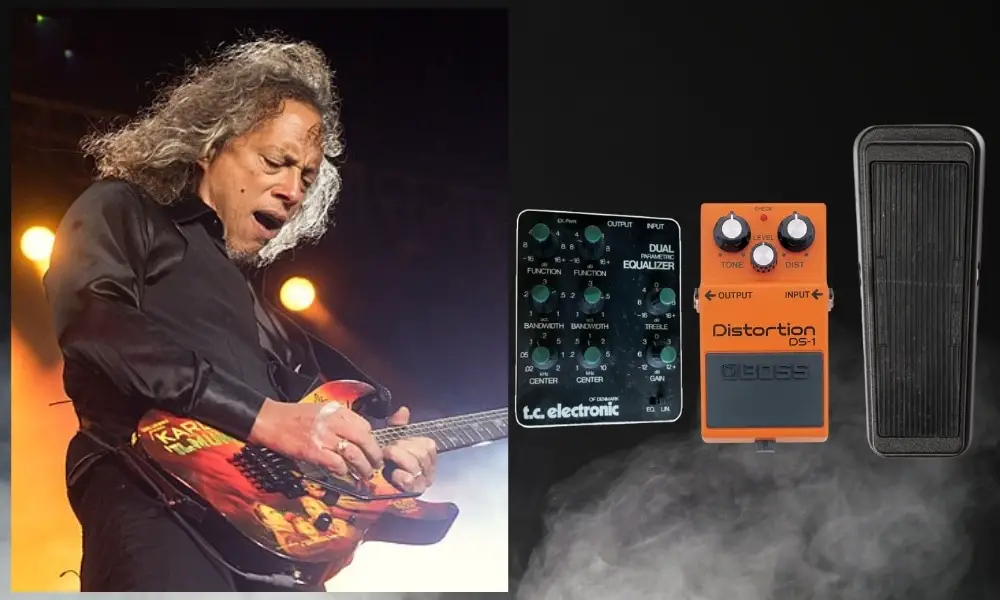
The Cry Baby Wah’s high input impedance and smooth sweep range allow it to work effortlessly with distortion and overdrive effects.
High-impedance inputs are generally preferred by distortion and overdrive pedals, and positioning the wah before these effects guarantees that the distortion reacts ideally to the wah’s output.
The wah pedal’s filtering effect is amplified by the distortion’s intensity and saturation, resulting in a wide range of expressive and powerful sounds.
You can get really powerful and impactful wah-driven solos and rhythm parts that cut through the mix with clarity and authority by placing the wah early in the chain.
Other Articles You May Be Interested In
- Whammy Pedal vs Wah-Wah – What’s the Difference? [ANSWERED]
- How to Use The TC Electronic Vortex Mini (+ 5 Cool Settings)
- How to Use A Volume Pedal As An Expression Pedal [SIMPLE]
- How to Use A Tremolo Pedal [A Step-By-Step Guide]
- How to Use A Volume Pedal As An Expression Pedal [SIMPLE]


 Written By :
Written By :
